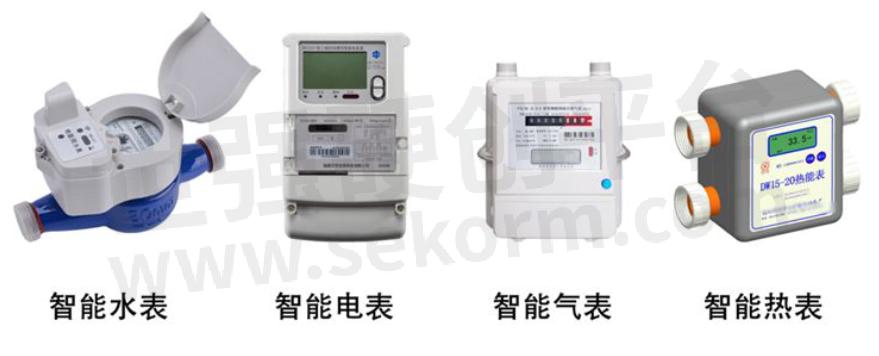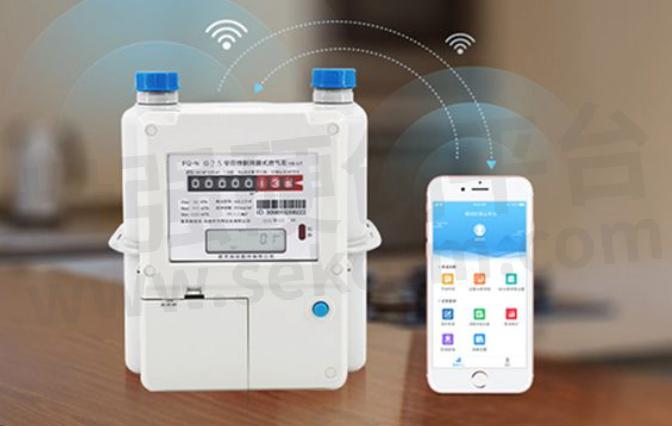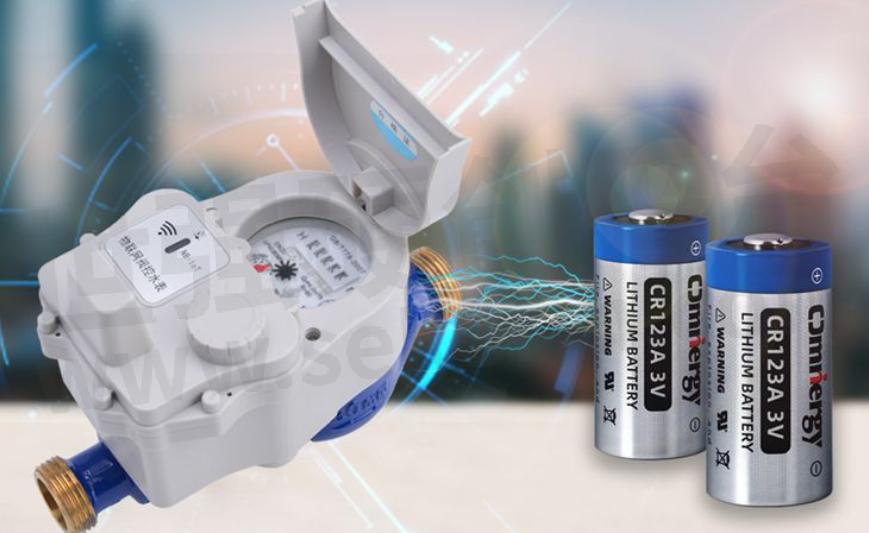Omnergy CR123A Lithium Manganese Battery Provides Battery Specific Energy and Capacity up to 280Wh/kg High Capacity for Smart Meters

In the context of global energy changes and the in-depth development of smart cities, the needs and requirements for energy management are increasing. To achieve more accurate and efficient energy management, metering equipment on the user side is an important part, including smart water meters, smart gas meters, smart electricity meters, etc. The metering equipment is responsible for collecting all user nodes' energy consumption information and promptly providing it. Send information back to the central energy management platform to help build a highly reliable and resilient energy management network.

Fig.1
The development of Internet of Things technology has made meter equipment more intelligent, equipped with multiple functions such as real-time measurement, control and connection. The realization of these intelligences also means that compared with traditional meters, smart meter systems are much more complex. In the process of producing smart meters, the entire meter company must purchase and assemble a series of components to ensure the long-term stable operation of the meter, including batteries.

Fig.2
As the power that supports the operation of electronic devices in smart meters, battery selection will not only affect the service life of the meter product, but also affect the use experience of public utilities such as water companies and fuel companies.
Therefore, the battery selection problem in smart meters is an unavoidable issue from public institutions to meter manufacturers.
How to judge a qualified battery?

Fig.3
Requirements of battery characteristics for metering applications.
Firstly, the meter battery should have a long service life. Because smart meters are often installed outdoors or in inaccessible locations, replacing batteries may be difficult and expensive. Therefore, the meter battery should be able to run continuously for at least 5 years to ensure that users do not have to replace the battery frequently.
Secondly, the meter battery should have good temperature characteristics. The ambient temperature during use of the meter varies greatly. According to users, the extreme temperature of meter use can reach 60°C in summer in the south; while in cold northern areas, the extreme low temperature may be as low as -40°C. Therefore, the temperature performance of batteries used in meters is crucial to ensure the normal operation of smart meters. Complex application environments also place higher requirements on the temperature performance of batteries.
Thirdly, the meter battery should have high stability. During use, it should be able to maintain relatively stable voltage and current output to ensure the measurement accuracy and stability of the smart meter.

Fig.4
As a core domestic lithium battery enterprise, Power Glory provides comprehensive solutions for smart electricity meters, water meters, gas meters, and other smart meters, which are stable and efficient, improve the safety and reliability of power supply, extend the service life, and achieve long-lasting kinetic energy. Omnergy has been focusing on the lithium battery industry for 20 years. Omnergy has core technologies and comprehensive solutions for lithium primary batteries. We have sales and service customers all over the world. Omnergy products are widely used in the fields of the Internet of Things and the Energy Internet.

Fig.5
CR123A lithium manganese battery has stable operating voltage, stable performance, stable discharge voltage and no hysteresis; wide operating temperature range, can operate safely between -40~+70℃; battery specific energy and capacity up to 280Wh/kg High capacity, longer service life. Achieve ultra-wide temperature operation, stable high operating voltage platform, suitable for long-term discharge applications. Become the first choice in the smart meter industry and provide you with reliable power supply.

Fig.6
- +1 Like
- Add to Favorites
Recommend
This document is provided by Sekorm Platform for VIP exclusive service. The copyright is owned by Sekorm. Without authorization, any medias, websites or individual are not allowed to reprint. When authorizing the reprint, the link of www.sekorm.com must be indicated.













































































































































































































































































































































































































































































































































































































































































































































































































































































































